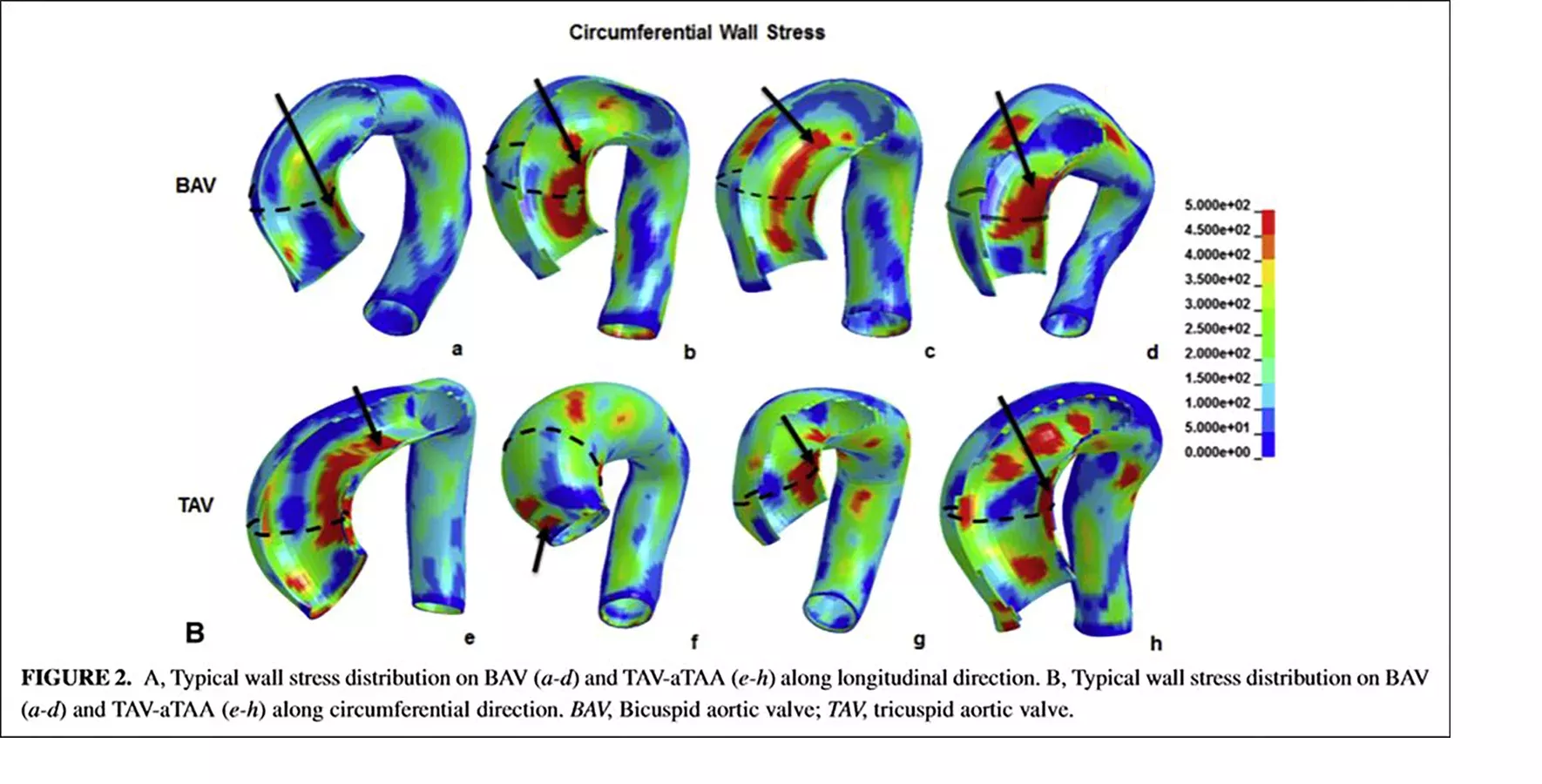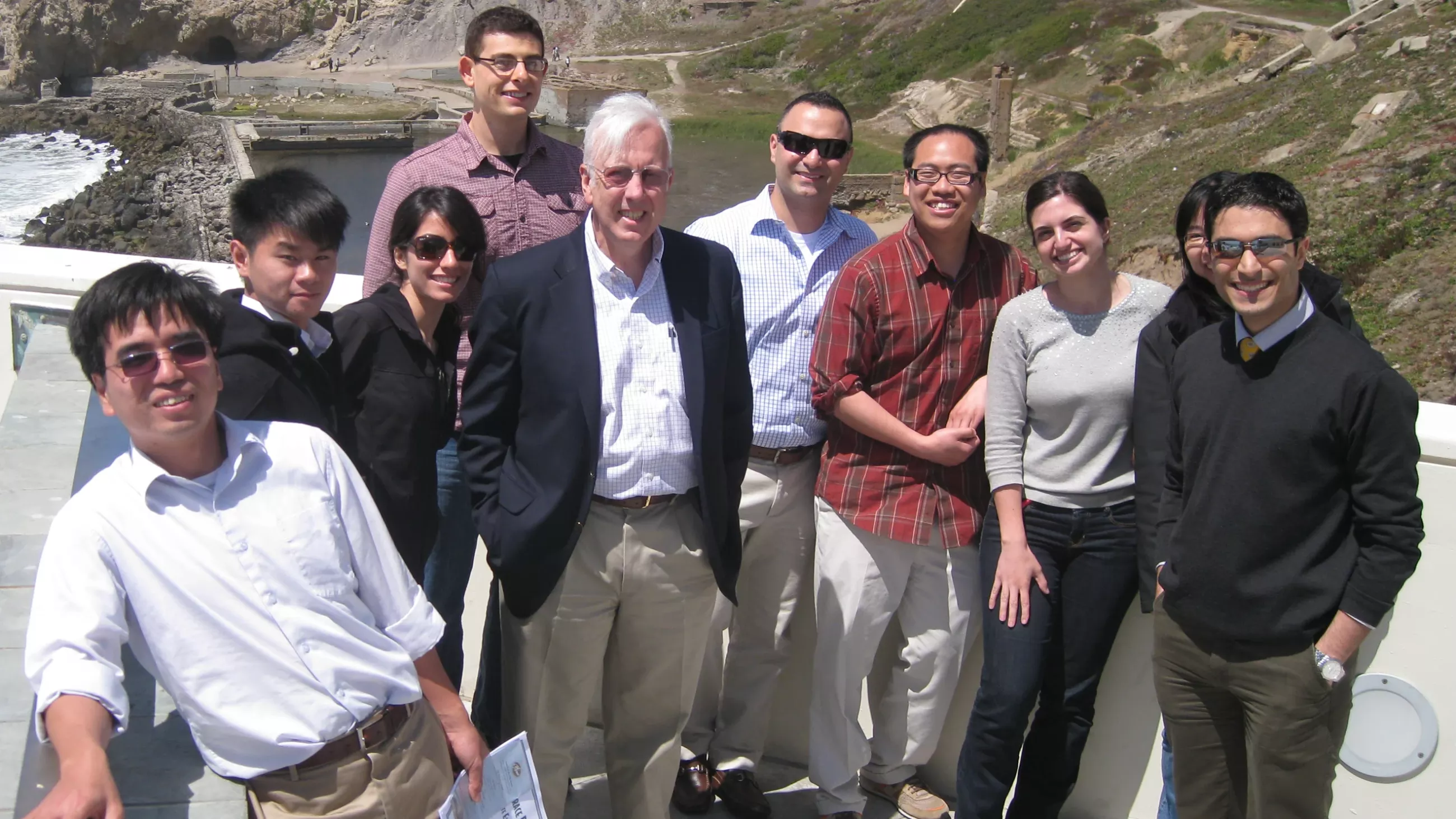Cardiac Biomechanics Research Lab - Homepage
Research

Ascending Thoracic Aortic Aneurysm and Dissection Approximately 30,000 people in the US are diagnosed with thoracic aortic aneurysms
...
Bi-axial Stretching Apparatus We utilize a custom made biaxial stretcher to determine the biaxial stiffness of certain biologic
...
Borderzone Dysfunction It has been known since the mid 1980s that systolic performance (systolic shortening and wall thickening)
...
Computational Simulation of Transcatheter Aortic Valve Replacement (TAVR) Aortic stenosis (AS) is the most common heart valve disease
...
Recent Publications
Featured News
Support our Mission
Invest in one of the world's leading surgical centers as it advances state-of-the-art patient care, promising research and scientific innovations, and education and training excellence.





 PubMed
PubMed